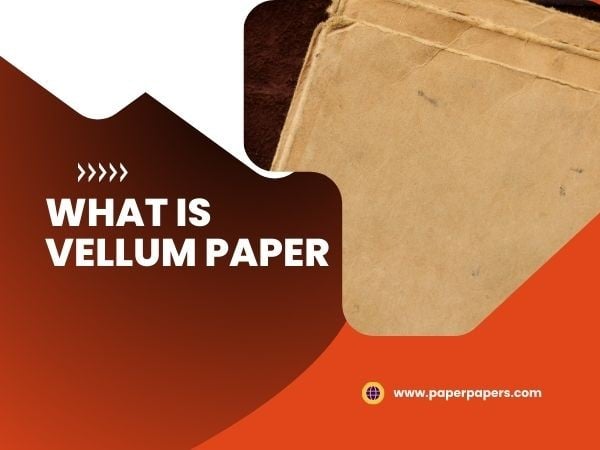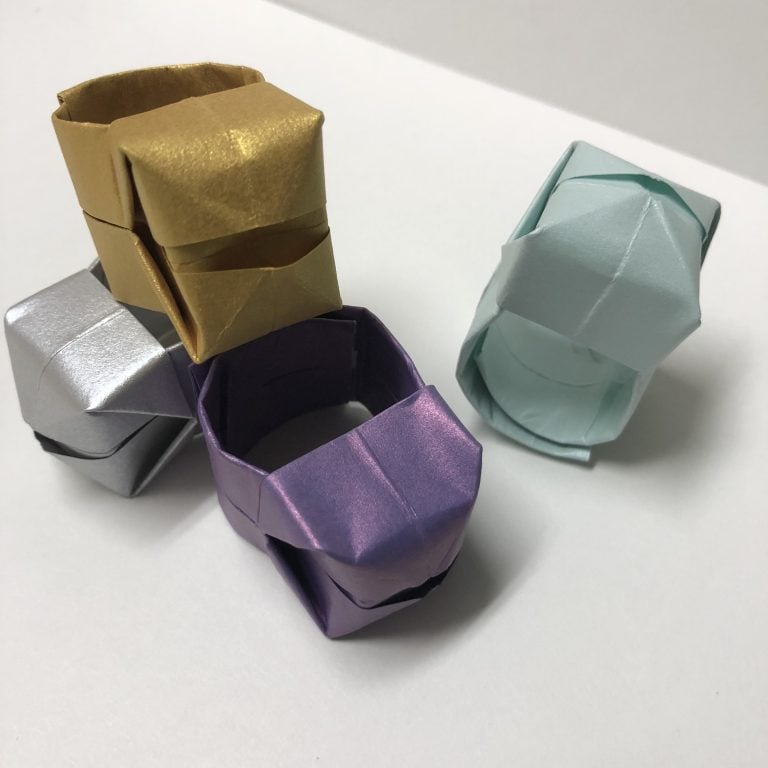What is Insulating Paper?
Many vital components, especially those powering motors, require effective electrical insulation, a crucial role fulfilled by insulating paper.
Now, you might be curious – what exactly is insulating paper? It safeguards electrical equipment by preventing unwanted conductivity, hence enhancing the reliability and safety of electronic components. The global electric insulation paper market is expected to hit US$ 2196.42 Million by 2031.
Continue reading to learn more about what is insulating paper and its types.
What is Insulating Paper?
An insulating paper is a sheet-like material made using plant fibers, mineral fibers, synthetic fibers, or their combinations. These materials are deposited on a paper machine using water or other media.
This paper type helps prevent any unwanted electrical conductivity, ensuring the durability of your equipment stays intact.
Types of Insulating Paper
Here are some types of paper insulation:
1. Crepe Paper
Crepe paper, with its distinctive wrinkled texture, offers excellent flexibility and conformability. This makes it an ideal choice for applications requiring a snug fit, such as winding on irregularly shaped components.
Its ability to withstand mechanical stress makes crepe paper a valuable insulating material in transformers and electrical insulation systems.

2. Kraft Paper
Kraft paper is another type of insulating paper and is made of wood pulp. It is versatile and affordable and features high strength.
Hence, it’s best suited for providing robust electrical insulation and is widely used in transformers and cables due to its exceptional dielectric properties.

3. Diamond Dotted Paper
Diamond-dotted paper is an insulating paper that stands out with its unique rhombus-shaped epoxy resin coating. This innovative design enhances the dielectric strength, providing improved insulation performance.
Being a polar choice for power transformers, this type of insulating paper ensures reliability in demanding electrical environments.
4. Isolex Paper
Isolex paper, a flexible electrical insulator with a smooth surface, boasts a thermal class A rating (105°C). This type of insulating material is known for its versatility and is frequently employed in applications requiring reliable electrical insulation within a moderate temperature range.
The smooth surface of isolex paper further contributes to its ease of use in various electrical components.
Advantages of Insulating Paper
Now that you know what is insulating paper and its types, here are some advantages of an insulating paper:
A. High Tear Strength
A commonly asked question is – how long does paper insulation last? Well, insulation paper’s notable high tear strength ensures its resilience against mechanical stress and wear. A cellulose paper can easily last 20 to 30 years before proceeding to degradation.
It’s particularly crucial in applications where the material may experience varying pressures or strains, contributing to the reliability and longevity of electrical components.
B. Low Elongation
With low elongation characteristics, insulation paper maintains dimensional stability even under varying conditions. This feature is essential in preventing deformation or distortion, ensuring that the insulating material retains its intended shape and functionality over time.
C. Good Insulation
The primary function of insulation paper is to provide effective electrical insulation, and its inherent quality in this regard is paramount. Possessing good insulation properties, this paper type prevents the unwanted flow of electrical current.
Hence safeguarding components against short circuits and ensuring the overall reliability and safety of electrical systems.
Disadvantages of Insulating Paper
All done learning what is insulating paper and its advantages? Let’s look at some of its disadvantages:
1) Mold Growth and Discoloration
Many people ask why does insulation paper turn black? Insulating paper is susceptible to mold growth and may turn black, particularly in environments with high humidity. This dual challenge can compromise both its aesthetic appeal and structural integrity, necessitating vigilant environmental controls and storage practices.
2) Fire Risk
Is paper-backed insulation a fire hazard? Under certain conditions, insulating paper can pose a fire risk. Factors like excessive heat or prolonged exposure to electrical currents may lead to combustion.
Conclusion
In conclusion, what is insulating paper? It’s a material crucial for providing electrical components with effective insulation, safeguarding them from unwanted conductivity. For those seeking high-quality insulating paper, consider PaperPapers as your trusted partner.
With a commitment to excellence, we provide a range of insulating papers that meet diverse electrical insulation needs. So, partner with us today for reliability and performance in your electrical applications!
Contact us now to get started!







